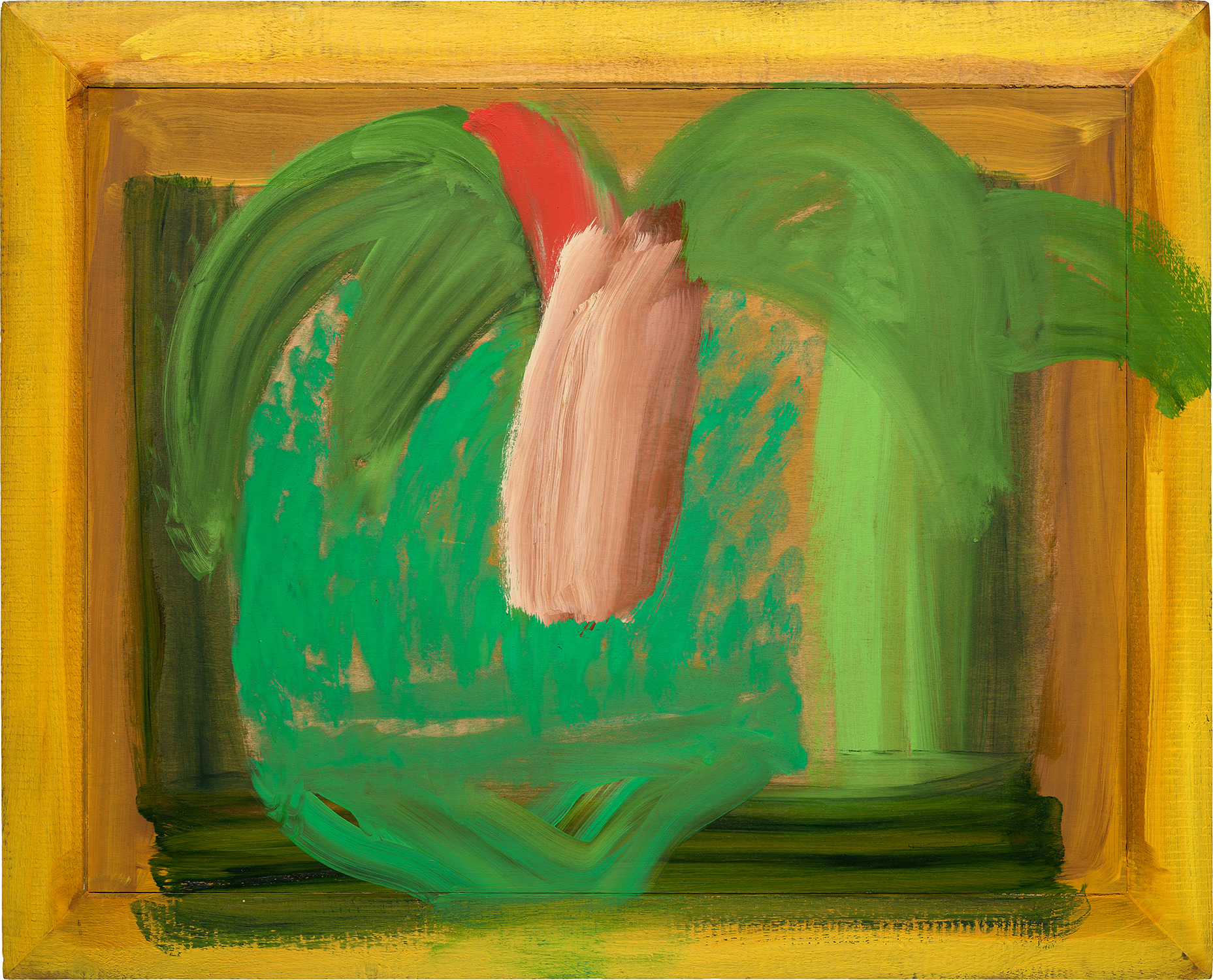

19
Howard Hodgkin
Summer Rain
Further Details
Full-Cataloguing
Howard Hodgkin
British | B. 1932 D. 2017One of the greatest colorists of his generation, Howard Hodgkin explores the very nature of painting as both cultured language and sheer expression. He disregards the classical polarities of abstraction and representation, past and present, canvas and frame, using gestural brushstrokes and a vivid palette to emphasize the picture plane, while simultaneously seeking to convey memories and emotions.
The seemingly casual, urgent quality of his paintings and prints belies a drawn-out process of making: it could take a year for Hodgkin to prepare to execute a single brushstroke. The resultant maximalist, saturated works on canvas, paper, wood and board can be intimately scaled and jewel-like, or oversized, opulent and theatrical. Whilst his early compositions have a collaged, geometric flatness, Hodgkin's later work (including etching and aquatint prints) increasingly incorporated more lush surface textures and complex, fluid patterns reminiscent of the Pahari miniatures from India, of which he was an avid collector.